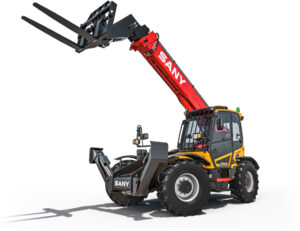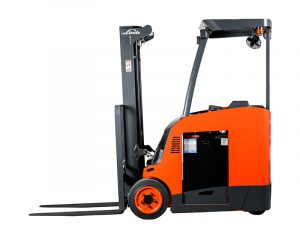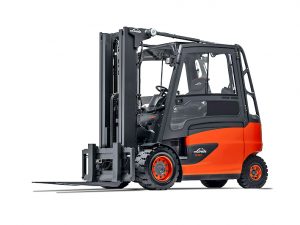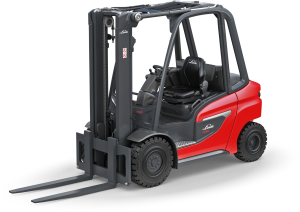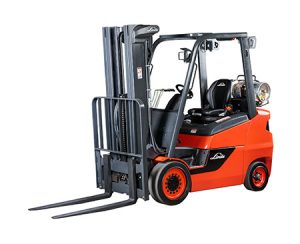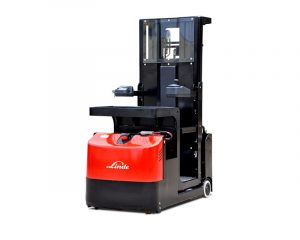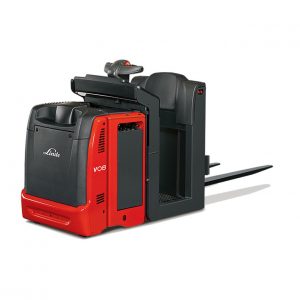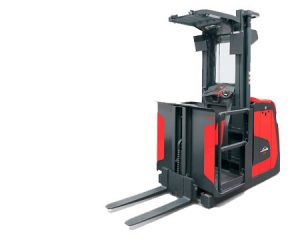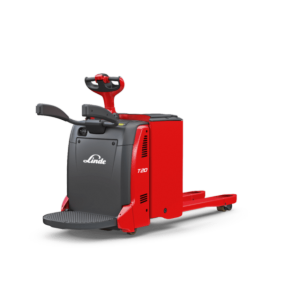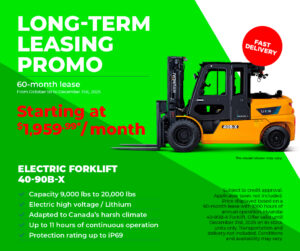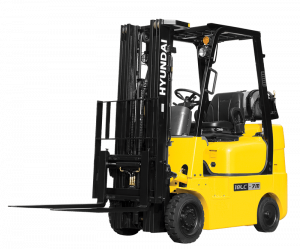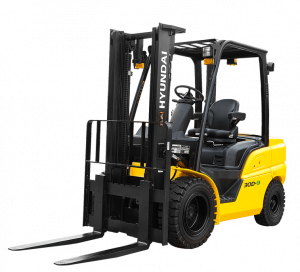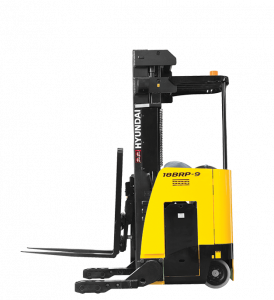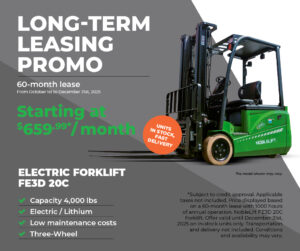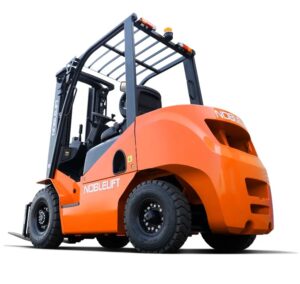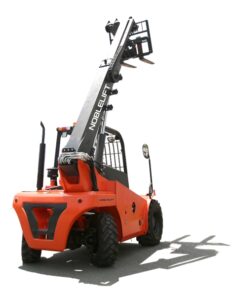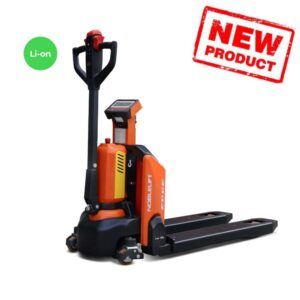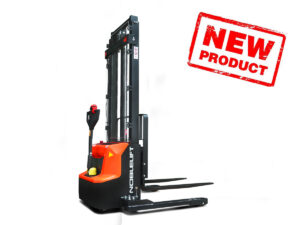
Enhancing forklift safety with Elevex: mastering proper forklift weight distribution
You may also be interested by
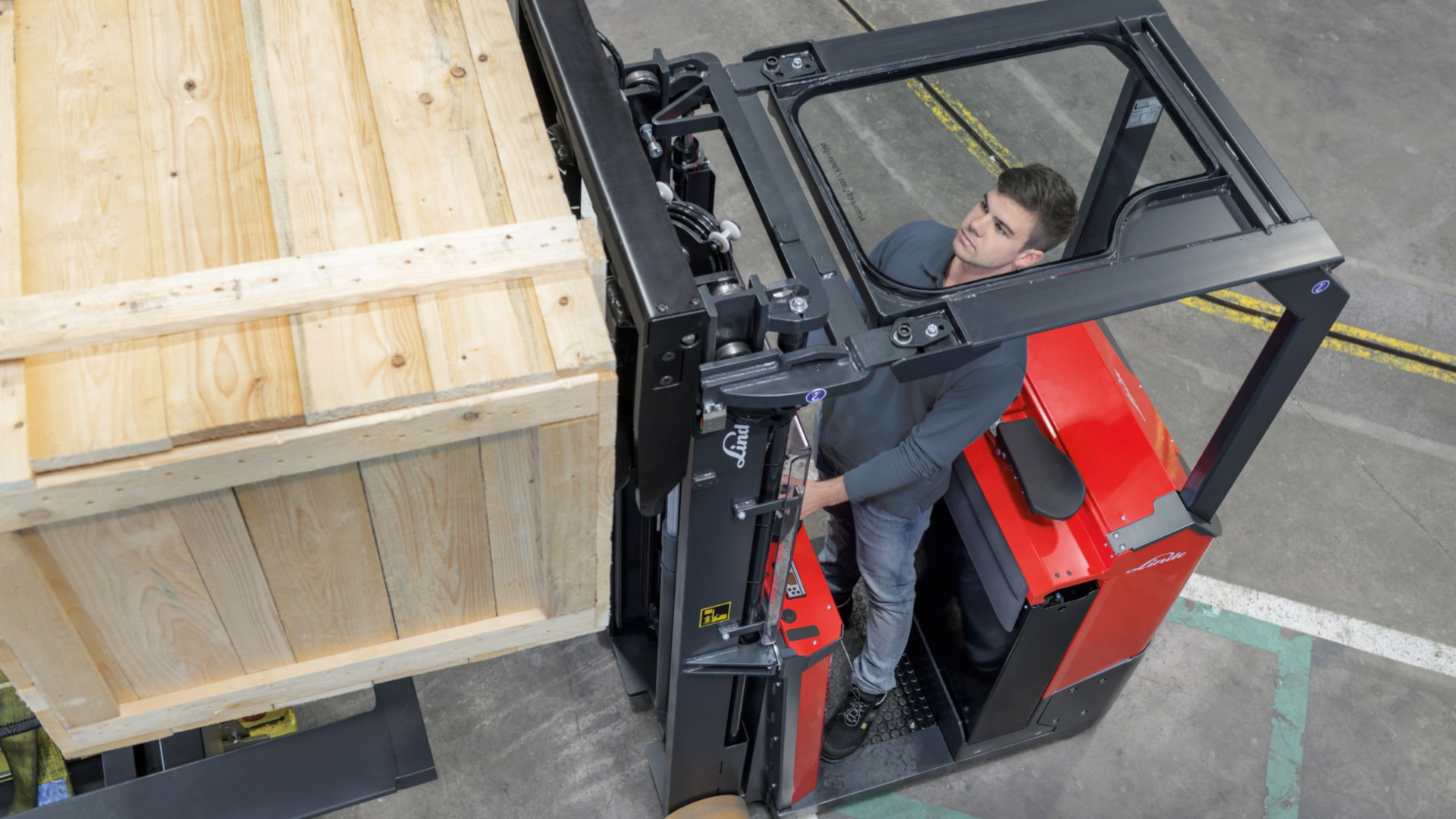
Elevex guide: are your operators up to the job?
To ensure safe and efficient operation of materials handling equipment it is essential that the right personnel be selected to operate and maintain it and are thoroughly trained in their duties. In many cases, materials handling equipment is as valuable as a luxury car and should be handled as such. Operators should be encouraged to adopt a culture of respect and treat equipment as if it were their own, taking responsibility for any costs caused by damage or misuse.
Read more
Elevex guide: monitoring your forklift tires for optimum performance
Super Elastic Tires (sometimes referred to as Solid Tires).
As part of your daily forklift checks, tires are an important component to consider and should be regularly checked for signs of wear and tear. Some key areas to consider are the surface tread areas, the sidewalls, and the point at which the tire fits to the wheel. Always aim to replace your tires before they are worn to the J-Line (the wear line indicator on all Super Elastic Tires) as the tire will degrade rapidly once on and beyond the J-Line.

Operating Forklifts In Unpredictable Weather
We are currently facing the climatic uncertainty characteristic of Mother Nature’s whims, oscillating between sudden storms and extreme temperature variations. Operating forklifts in unpredictable weather and requires heightened vigilance.
Using such heavy equipment under adverse weather conditions not only demands special attention but also adequate preparation to ensure both the operator’s safety and operational efficiency. In this article, we offer essential recommendations for safely navigating with your forklift, even when the weather holds surprises.
Read more







